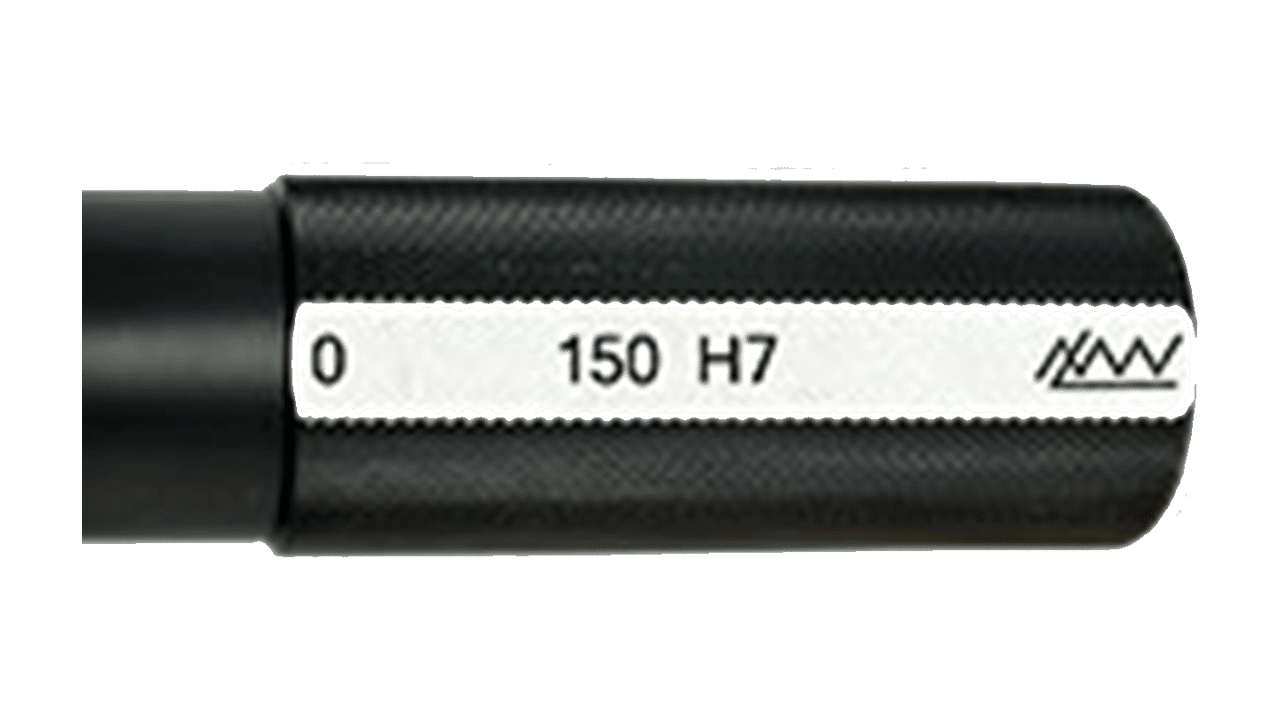Manufactured to both British and International Standards, including ISO, MJ, UN, UNJ, Whitworth, G (BSP), BA, BSC, Acme, Trapezoidal, Buttress, Wire Insert, NPT and R/Rc (BSPT), both right hand and left hand.
Non-Standard gauges or “Specials” can also be manufactured to specific customer requirements as required.


The shank length on plug gauges refers to the portion of the gauge between the thread and the handle. It typically serves as a handle or a gripping area for ease of handling and manipulation during use. The shank length does not contribute to the measurement itself but aids in the practical usability of the plug gauge.

The thread length on a thread gauge refers to the portion of the gauge that contains the threaded area designed to fit into the corresponding threaded part being measured. This part of the gauge directly engages with the internal threads of the workpiece to check their dimensions and quality. Depth steps may be included to ensure the gauge is inserted to the correct depth, which is crucial for accurate measurement and functional compatibility testing of threaded components.

On a threaded gauge, a left-hand or right-hand thread refers to the direction in which the threads are cut and engage with a corresponding threaded component:

The class of fit and specification for plug and ring gauges refer to the standards and tolerances that define the tightness or looseness of the fit between mating threads. It defines the acceptable limits of thread dimensions and their allowable variations, ensuring consistent performance and compatibility of threaded components.

For any non-standard gauging requirements, please complete this form. Once completed, a member from our dedicated sales team will contact you as soon as possible.
Rhopoint Metrology Ltd Eurolab House, Unit 10 Valepits Road, Garretts Green Industrial Estate, Birmingham, B33 0TD
Rhopoint Metrology Ltd Brunel House, 28 Old Mills Industrial Estate, Paulton, BS39 7SU